What Are the Features of a Full-Face Motorcycle Helmet?
 Among the various types of helmets available, the full-face motorcycle helmet stands out as comprehensive protective gear that covers the entire head. In this article, we’ll talk about the primary and secondary features of these bike helmets and how they combine to provide the ultimate protection and a high degree of comfort.
Among the various types of helmets available, the full-face motorcycle helmet stands out as comprehensive protective gear that covers the entire head. In this article, we’ll talk about the primary and secondary features of these bike helmets and how they combine to provide the ultimate protection and a high degree of comfort.
But before we get to that, let’s quickly discuss the underlying principles that allow a helmet to shield you from impact.
How a Full-Face Motorcycle Helmet Protects You from Impact
Naturally, the primary purpose of a full-face motorcycle helmet is to protect your head from the force of an impact. All types of motorcycle helmets accomplish this via a:
- Stiff outer shell - the outer shell is made of strong and rigid material, like kevlar, carbon fibre, or hard plastic that is resistant to penetration, thus protecting you from objects that could cause puncture wounds to your head. It also distributes the force of an impact over a larger area, preventing concentration on a specific point. Finally, it’s also made to be abrasion-resistant, protecting you from abrasion injuries if you slide or fall.
- Impact-absorbing layer - next, you have a crushable layer underneath the outer shell, usually made out of expanded polystyrene. It’s intentionally made to easily crush under pressure to absorb and dissipate the energy from the impact that would otherwise directly impact your head.
- Padding - finally, most full-face motorcycle helmets have inner padding that is primarily designed for comfort, but also provides some additional degree of protection.
Core Characteristics
If we were to compare them with the different types of motorcycle helmets, full-face helmets are most similar to modular helmets. However, these helmets have 6 core characteristics that distinguish them from the other types. Namely:
Full Head Coverage
The first and primary distinguishing feature of the full-face motorcycle helmet is that it covers your entire head. This includes protection for the top, back, sides, and front of the head. The continuous shell design ensures that your head is enclosed within the helmet and has comprehensive protection in the event of an impact. This encompassing safeguard not only shields against direct impacts but also offers a robust defence against flying debris, which enhances overall safety during various riding conditions.
Cheek Pads and Chin Bar
The helmet's plush cheek pads extend beyond mere comfort - they play a pivotal role in maintaining stability and safety. These well-crafted pads create a snug fit, which is essential for minimizing movement during rides and optimizing the helmet's protective capabilities.
The chin bar provides additional shielding for the jaw and chin and these features ensure that the helmet remains securely in place even during unexpected maneuvers or impacts. Together, the cheek pads and chin bar contribute to a cohesive protective system for your entire head.
Face Shield
The face shield is a practical component that serves as a barrier against external elements. Whether transparent or tinted, it shields your face from wind, dust, and debris. You may not have as clear a view as if you wore an open-face motorcycle helmet, but the shield provides an almost 100% unobstructed view due to the modern materials it's made from.
Plus, it’s often enhanced with anti-scratch coatings. Anti-fog features further improve visibility in varying weather conditions. Its straightforward functionality contributes to a safer and more comfortable riding experience, addressing the practical aspects of protection against environmental factors without compromising on clarity.
Straps
The full-face motorcycle helmet's chin strap system is a straightforward but crucial element in ensuring a secure and customized fit. It’s constructed from durable materials and utilizes a reliable fastening mechanism, whether a double D-ring or quick-release buckle. Well-adjusted and properly fastened straps are essential for maintaining the helmet's position during rides, preventing unwanted movement. This practical feature adds to the overall security of the helmet, keeping your headgear where it needs to be in all circumstances.
Ventilation
The ventilation system in a full-face helmet is designed for practical airflow management. Intake vents at strategic locations allow fresh air to enter, while exhaust vents facilitate the expulsion of warm air. This system helps regulate internal temperature and prevents heat buildup during rides. Effective ventilation directly contributes to your comfort while riding a bike.
Noise Reduction
The full-face helmet's shape, sealed visors, and well-placed padding work together to minimize wind and road noise. This reduction in turbulence contributes to a quieter environment within the helmet, although it doesn’t eliminate all noise. The emphasis is on minimising distractions, allowing you to maintain concentration on the road.
Secondary Features
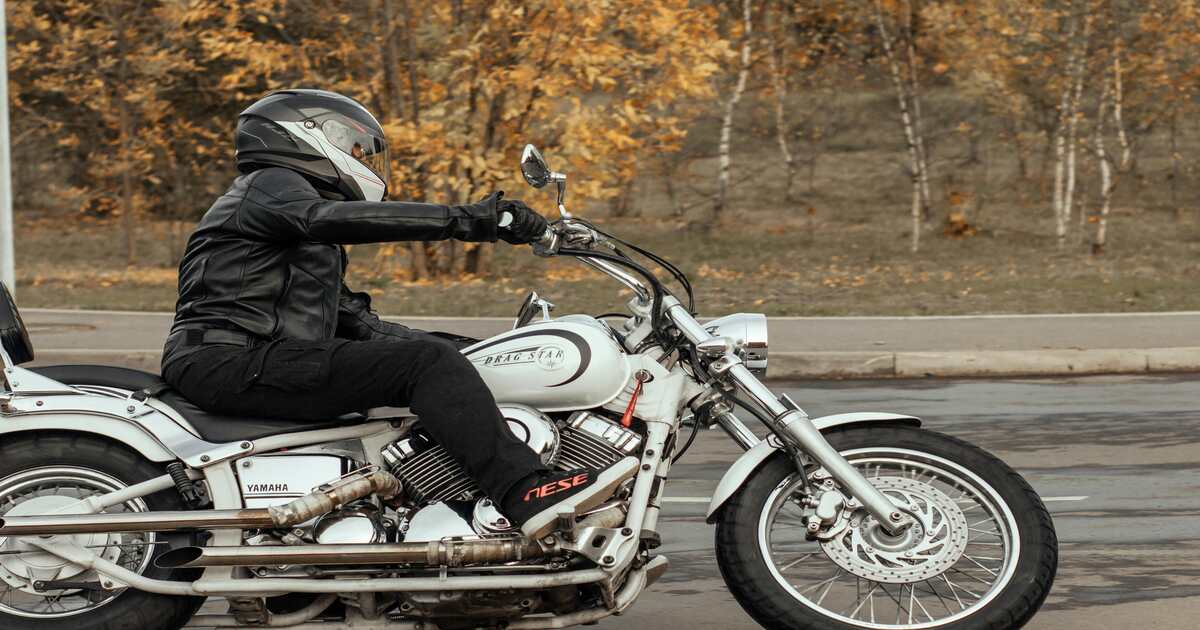
The features above are elements of all full-faced motorcycle helmets. Depending on the model, a helmet may also include or be:
More or Less Aerodynamic
While full-faced motorcycle helmets are not made to be as aerodynamic as, say, racing helmets, aerodynamics is a consideration in the design. An aerodynamic design helps reduce wind resistance or drag. A helmet with lower drag generates less force against your head, allowing for a smoother and more stable riding experience.
Additionally, helmets are susceptible to lifting or upward forces, especially at high speeds. Proper aerodynamics counteracts these forces, ensuring that the helmet remains securely in place and reduces the strain on your neck. Finally, an aerodynamic helmet can even improve your fuel efficiency to a degree by reducing wind resistance.
Communication Tech
Modern helmets often integrate communication tech as a secondary feature, allowing you to stay connected with your fellow riders. Bluetooth technology is commonly used to facilitate wireless communication between helmets, allowing riders to communicate hands-free. Some helmets even feature integrated speakers and microphones, providing a convenient platform for making calls, listening to music, or receiving GPS directions without compromising safety.
Mounts and Cameras
Camera mounts integrated into full-face bike helmets provide a convenient solution for recording your ride. Designed for action cameras, these mounts offer a secure and stable platform for recording journeys. They eliminate the need for external attachments, ensuring a streamlined and aerodynamic profile. With adjustable angles, you can easily capture the perfect footage without compromising safety.
Removable Liner
Finally, some helmets also have washable liners for hygiene purposes. The interior padding is often made from moisture-wicking and anti-bacterial materials that can be easily removed and washed. This feature allows you to maintain a clean and fresh helmet, reducing odour and preventing the buildup of bacteria.
Where Can You Get High-Quality Yet Affordable Full-Face Helmets?
Shark Leathers has all the protective gear you need. Our mission is to provide Australians with high-quality and affordable riding gear and that includes all types of motorcycle helmets, from full-face helmets to adventure helmets. You can also order apparel, spare parts, or tyres from our store. We deliver Australia-wide and you get free shipping on orders over $200!
And when we say that our products are affordable, we mean it. If you find an item that we carry at a lower price at any authorised Australian dealer, we’ll lower our price to match it. Check out how it works here. If you have any questions about our policies or anything else, feel free to contact us, we’ll gladly explain everything.



 cart(
cart(
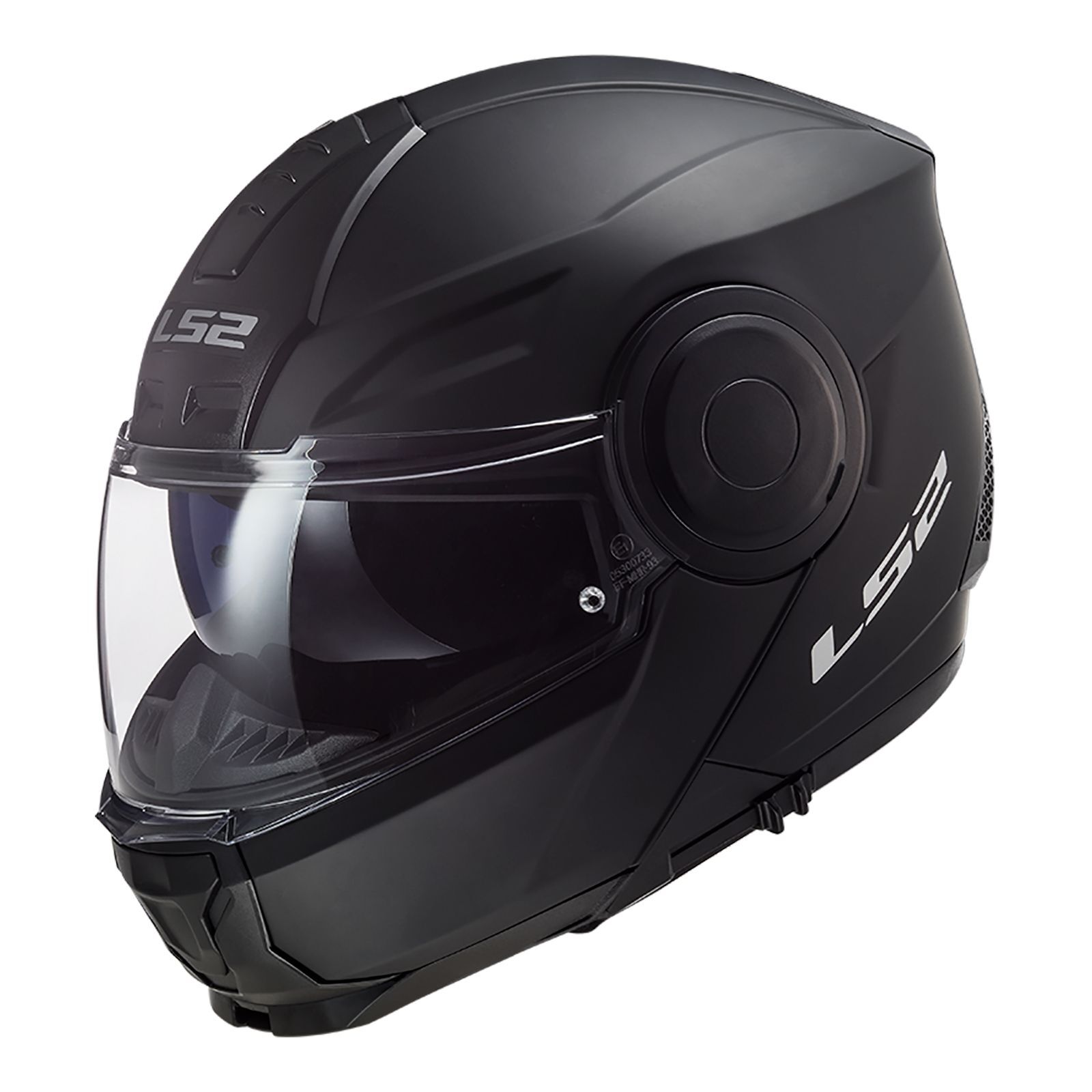
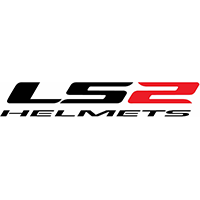
![Shark - Protective Chinos [CE2]](/assets/full/S210211.jpg?20211108132132)
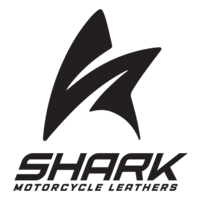
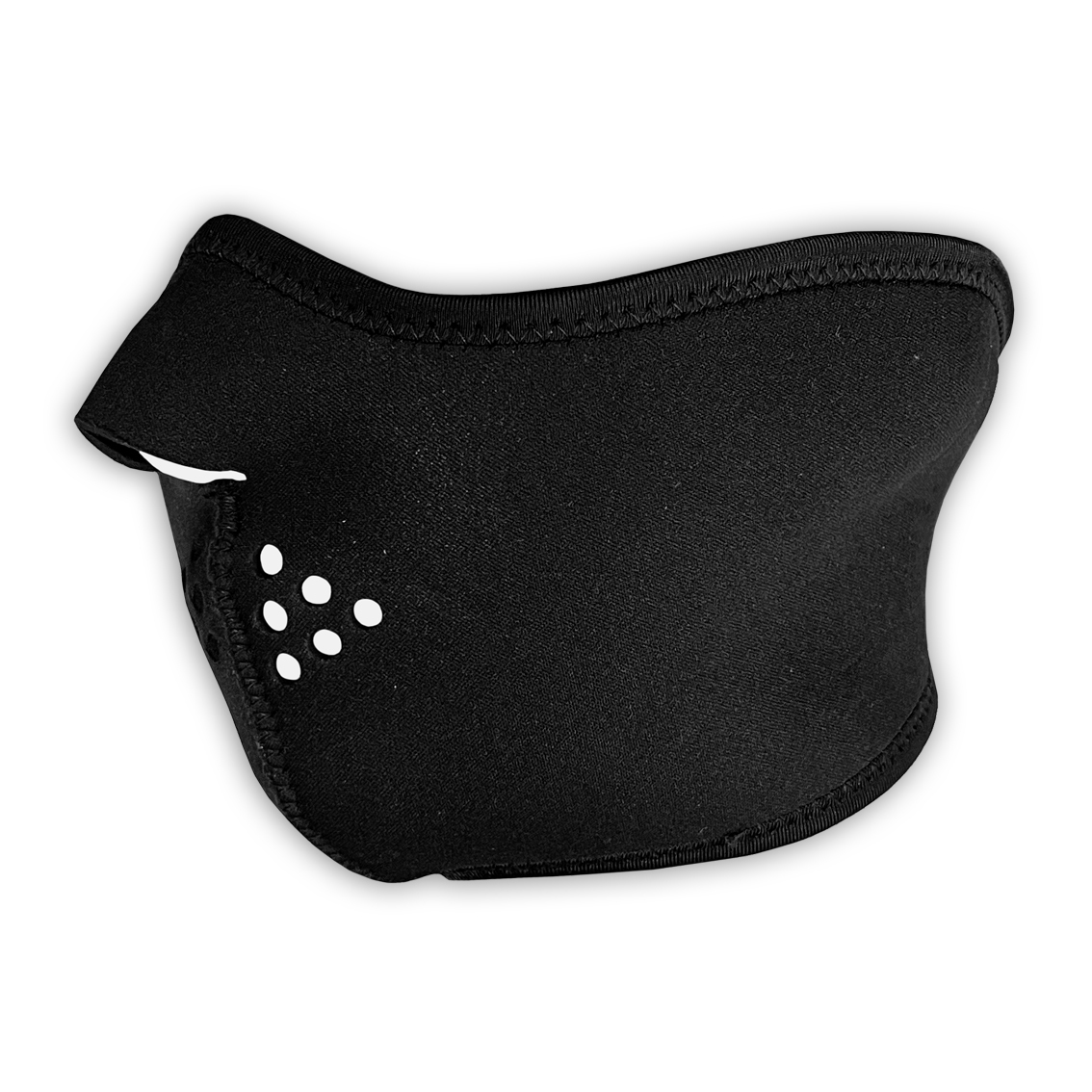
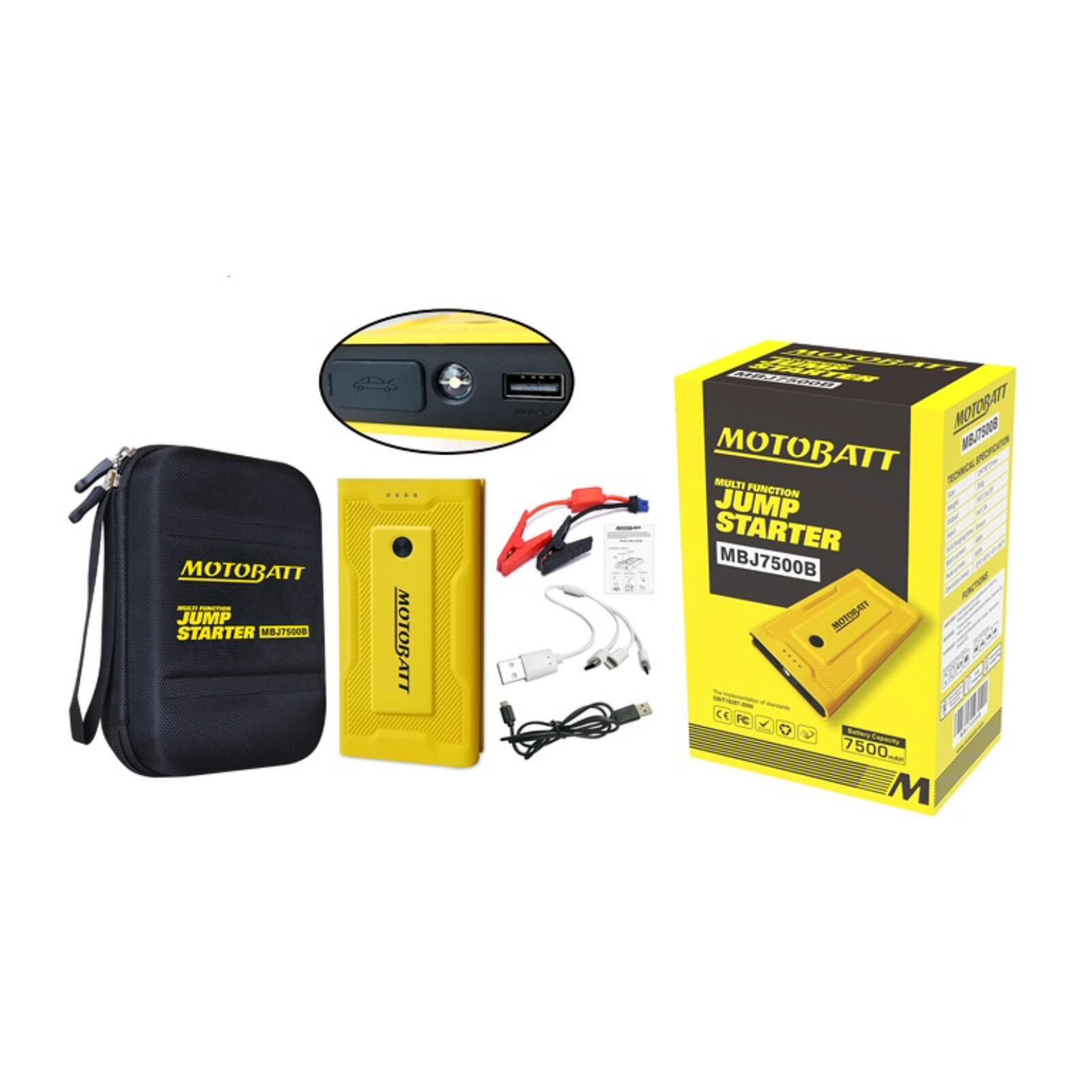
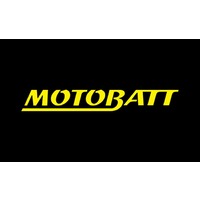
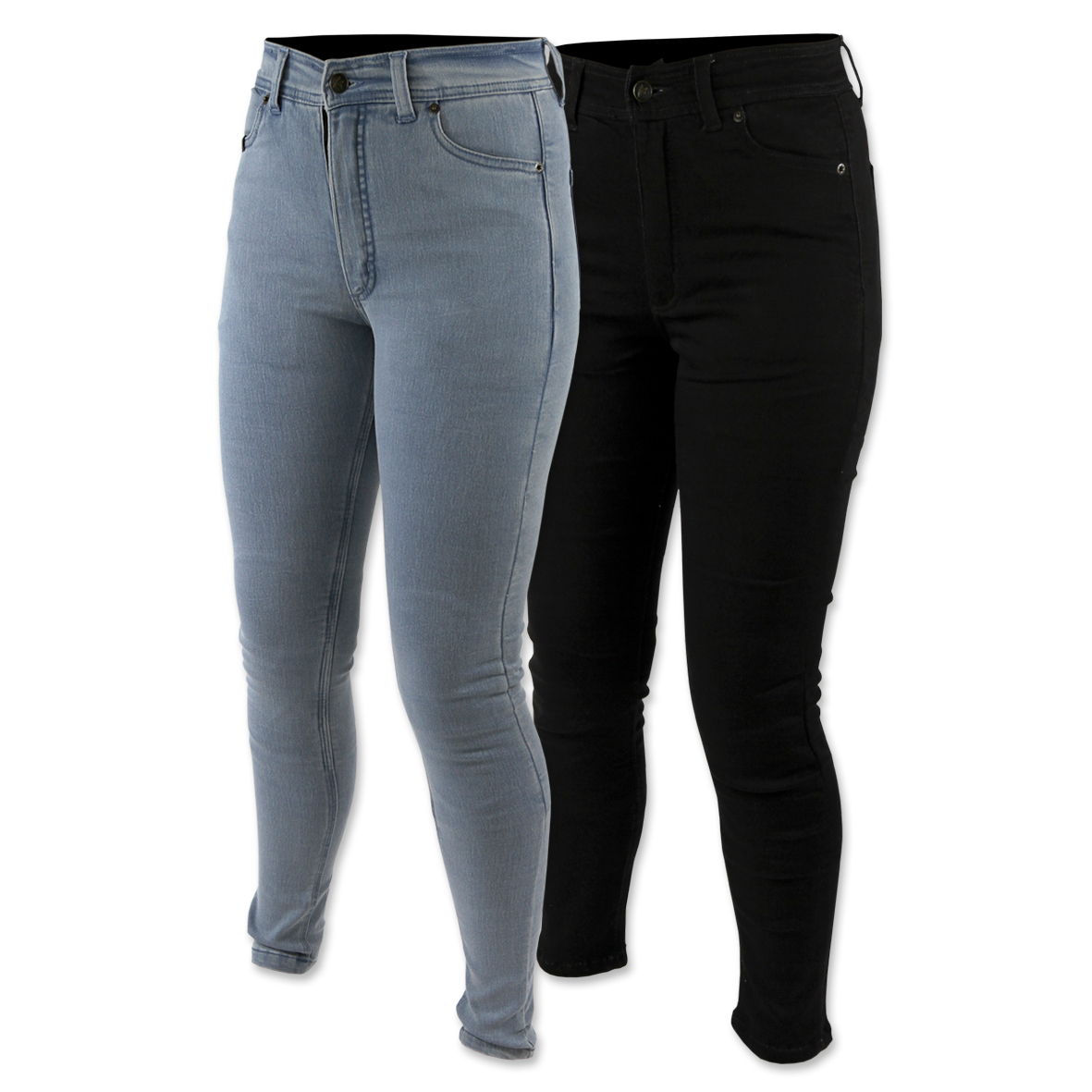
 6/142 Siganto Dr, Helensvale QLD 4212
6/142 Siganto Dr, Helensvale QLD 4212 (07) 5573 5118
(07) 5573 5118



